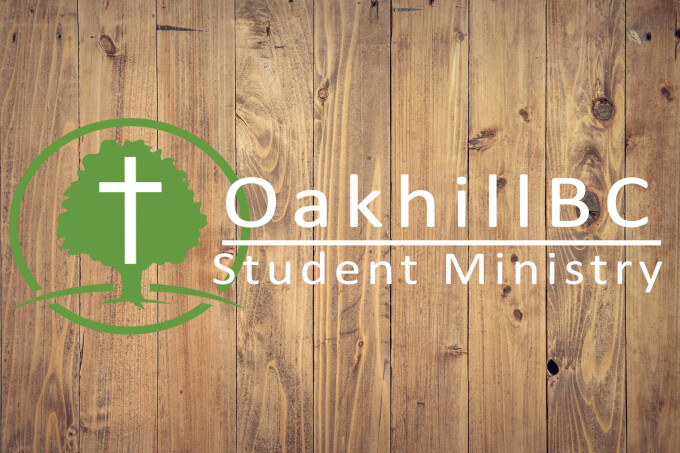Spare Change - December 2021

One of my favorite quotes is from Charles Spurgeon, the famous English Baptist preacher. He said in a sermon in 1875 on 1 Samuel 17:36-37,
“Some saints have very short memories, it has been well said that we write our benefits in dust and our injuries in marble, and it is equally true that we generally inscribe our afflictions upon brass, while the records of the deliverances of God are written in water. It ought not to be! If our memories were more tenacious of the merciful visitations of our God, our faith would often be strengthened in times of trial.”
The sermon was from the passage where David is giving a reason for his willingness to face Goliath. King Saul was questioning his ability knowing that he was a young man that was about to face a nine-foot-tall giant. David stands firm in his faith as he answers Saul by thinking back to the time he was in the field and a lion came to attack his flock. David believed that God gave him the power to strike down that lion and protect the sheep.
The point Spurgeon is making is that when faced with questions about his faith David chose to look at God’s blessing in this life instead of something negative. David could certainly have had a negative perspective about his job as a shepherd. Being a shepherd was a difficult and thankless job; on top of that his flock was in danger from wild animals. Rather than look at all the difficulties as bad, he looked at it from a different perspective. He saw those experiences as God preparing him. Which meant that if God had allowed these things to happen then He must want to use them for David’s benefit. This would also mean they must be blessings and not curses.
Many times, it's all about what we focus on. Like Spurgeon said, we take our hurts, offenses, and afflictions and permanently inscribe them on our heart. It is as if we have chiseled them in rock as a monument to the difficulties we face in life. After a while these monuments of negativity will overtake us. We look at every circumstance of life, even the good things in a negative light.
The counterpart to this negative view is never remembering the blessing of God. Spurgeon says it is like writing our blessing in dust or water. How many times when you were little did you write something in the light layer of dust on the table. Only for it to be wiped away by your mom’s dusting cloth. We forget the MANY blessings of God as we allow them to be wiped away from our hearts. This contributes to our negative perspective on life.
What would happen if we reversed our perspective? What would happen if we forgot our difficulties and remember the blessings of God? Our attitude would be more like David. We would understand that a sovereign God has planned the good and the bad circumstances in our life. We would understand that even the bad things can be used for God’s glory. Sometimes the trials can be used in an even greater way. It is those struggles that help us to mature in our faith. They also prepare us to serve the Lord and minister to those around us.
When I think of this subject, I go back to Romans 8:28 which says, “And we know that for those who love God all things work together for good, for those who are called according to his purpose.” Paul reminds us that ALL things work together for good. Remember ALL means ALL! God will use everything in our life to bring glory to His name. He can use the good and bad circumstances of our life for His glory and our good. Sometimes we just need to change our perspective.
This week make two lists. One should be a list of blessings that you keep somewhere you can see every day. The other list should be a list of hurts which, after you write it you tear it up and throw it away. Watch how your perspective will change not just on the good things in your life but on all circumstances.

